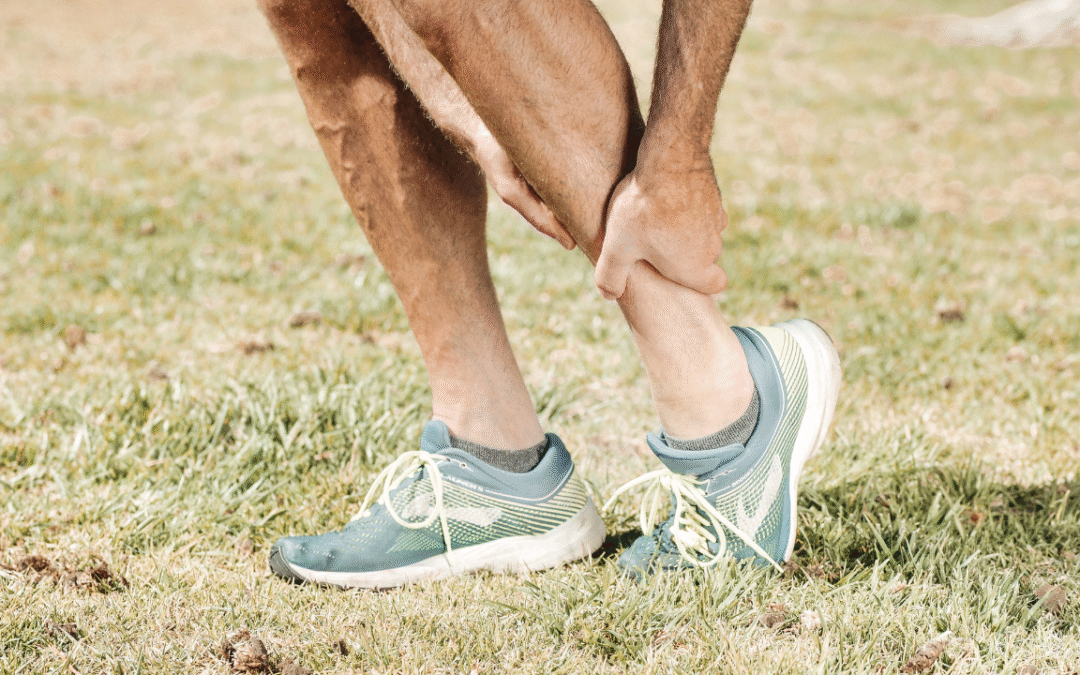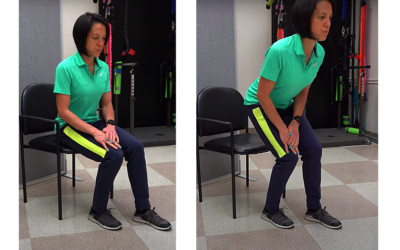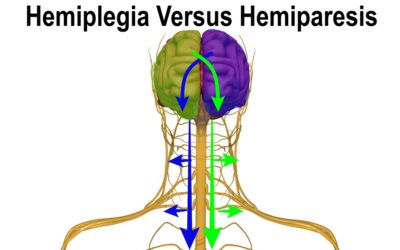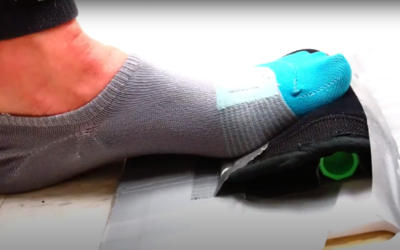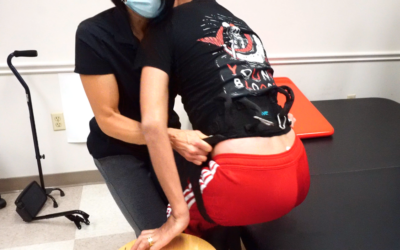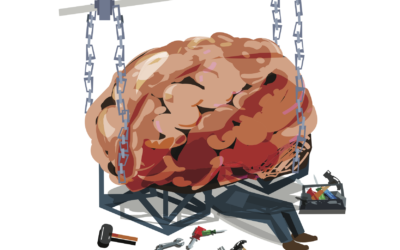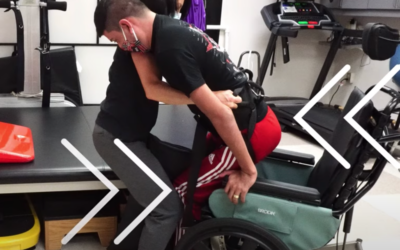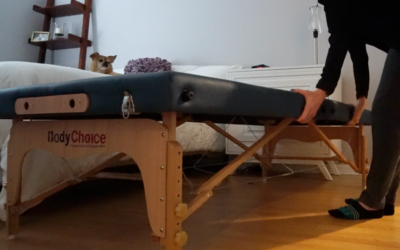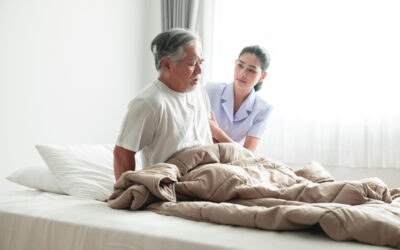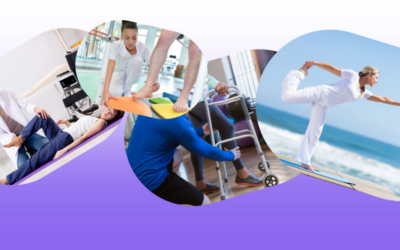Ankle Mobility Exercises to Boost Balance and Walking
Ankle stiffness is one of the most common issues people face after a stroke or any neurologic injury. It can make walking harder, cause your toes to catch, or even affect your balance. But here’s the thing, improving ankle mobility doesn’t have to be complicated.
In this blog, I’ll walk you through why ankle motion matters, what causes stiffness, and easy ways to stretch your ankle safely at home.
What is Ankle Dorsiflexion?
Dorsiflexion is when your foot comes up closer to your shin bone, basically the opposite of pointing your toes. It helps you lift your foot when you walk so you don’t trip or drag your toes. You need about 10 degrees of that upward motion for normal walking.
If your ankle doesn’t move enough, your step can look “flat-footed” or you might have trouble getting your heel to the ground when you walk.
Why Does the Ankle Get Stiff?
There are a few reasons why someone might lose ankle range of motion after a stroke or other neurologic injury. Understanding this helps you figure out which stretches are right for you.
1. Seated Stretch (Great for Most People)
Sit in a sturdy chair and put your foot on a small step or stool in front of you. Bend your knee so it’s directly over your ankle and lean forward gently.
If you can’t lean forward, you can place a small weight (like a sandbag or bag of rice) on top of your leg to add pressure.
Hold that position for about a minute.
2. Wall Stretch
If your foot tends to slide forward, do the same thing but place your toes against a wall. This helps hold your foot in place.
Lean your knee toward the wall until you feel a gentle stretch in the back of your ankle.
3. Standing Stretch
Step one foot forward and keep your back heel down. Bend your front knee and let your body weight gently stretch the back ankle.
Hold for about one minute, then switch sides.
4. Gentle Rocking Stretch
If your ankle bones feel stiff, try this one:
Tie a resistance band (TheraBand) around the front of your ankle and attach it to something sturdy behind you. Gently rock forward and backward.
This helps your ankle joint move more freely.
A Few Helpful Tips
Keep your heel down during stretches.
Hold stretches for 30–60 seconds.
Don’t push into pain. A gentle stretch is enough.
Be consistent! Doing these every day helps the most.
Final Thoughts
Regaining ankle flexibility takes time, patience, and consistency, but every small improvement matters. When you work on stretching your ankle toward dorsiflexion, you’re not just loosening muscles, you’re retraining your body to walk smoother, feel steadier, and move with more confidence.
Remember: it’s not about forcing a stretch or chasing quick results. Focus on gentle, controlled movement and good positioning. If something feels painful, ease up or adjust your setup.
Try adding one or two of these stretches into your daily routine. Over time, you’ll start to notice those little wins, like being able to step more easily, keep your heel down, or feel more balance when walking.
Your brain and body are both learning every time you practice, so stay patient and celebrate every bit of progress.
Want to Go Further?
If you’re ready to take your rehab to the next level, check out our Membership Plans. You’ll get access to 400+ neuro-specific exercises, plus our live Q&A sessions every month where I answer your questions personally.
You’ve got this! Keep moving and keep stretching.
Articles you may be interested in
Stand and Walk After a Stroke: Intermediate Progression
Many want to stand and walk after a stroke. Of course, this is critical in giving someone more independence. However, standing and walking is also important to prevent deconditioning, maintain joint health, and prevent postural abnormalities associated with prolonged...
Hemiplegia Versus Hemiparesis
Hemiplegia versus Hemiparesis After a Stroke Hemiplegia and hemiparesis are two terms that get thrown around a ton when talking about stroke. They are often times used interchangeably however, they have two different meanings. With that being said, I wanted to clear...
How to fix curled toes
Curled toes is a common complaint after a stroke. This usually does not appear until several months after a stroke has occurred. People who are experiencing toe curling usually have pain when standing on the involved leg. In many cases, this is associated with...
Product Spotlight: Best Gait Belt to Improve Standing
A gait belt can be a critical tool to help a loved one relearn the correct way to stand. With the right gait belt, you can also help someone walk in the early stages of neurologic rehab. And that is why gait belts made its way to our latest "product spotlight"....
Rewire your brain after a stroke
A stroke causes damage to the brain. This results in the inability to use the arm and leg on the opposite side of the body. Neuroplasticity is the brain's ability to rewire after an area of the brain has been damaged. This brain rewiring is the foundation for how...
Caregiver Training: Helping someone stand
Standing is one of the most critical skills to relearn after any type of neurologic injury. Standing helps with digestion, bone health, and joint health. It can also reduce spasticity, and facilitate motor recovery. The caregiver role is almost more important than...
Stroke Home Exercise Equipment Guide
The home exercises are probably the most important part of a rehabilitation program. That being said, you "traditional exercise equipment" might not be the most appropriate for the exercises that will help to restore normal movement patterns. I have set up many of...
Walking After Stroke (Early Stage)
Walking after a stroke is important to a ton of stroke survivors. A stroke causes hemiplegia (weakness on one side of the body which can make standing and walking difficult. With this in mind, I get a ton of questions from stroke survivors and their...
Brunnstrom Stages of Motor Recovery
The Brunnstrom stages of stroke recovery is one proposed model of how someone with hemiplegia will recover movement. It was developed by a physical therapist in the 1960s and proposes that this sequence of recovery falls into six loosely defined stages. The main...
Sunshine
Sunshine Can you see it? You know, that ball of fire in the sky that rises in the morning and goes to sleep at night? Ok, maybe not literally. I mean, they do tell us not to look directly at that thing. However, figuratively speaking, are you someone who is finding...

